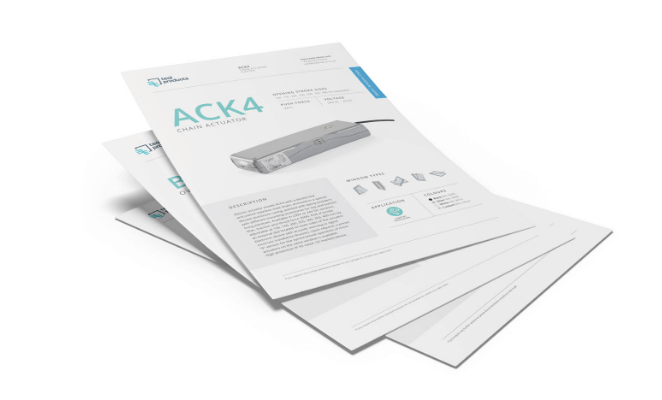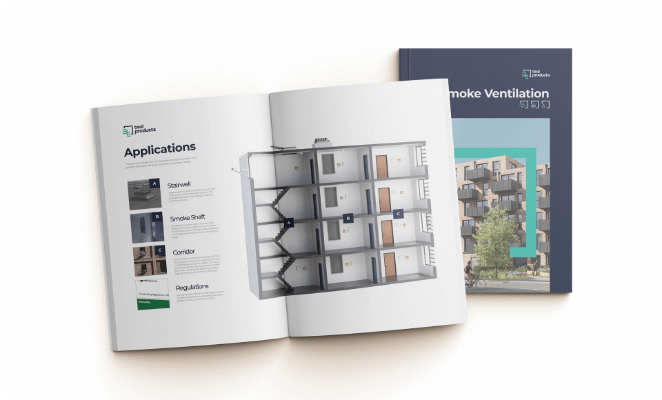By Teal Products
Thursday 23rd February 2023
How many types of ventilation are there?

There are many types of ventilation, many of which are categorised as a form of smoke ventilation or natural ventilation. Providing buildings with ventilation controls is essential for complying with Approved Document B – Fire Safety, or Approved Document F – Ventilation of the UK Building Regulations. The more you know about the respective types of ventilation that are available, the easier it will be to adhere to the relevant Building Regulations.
The future homes standard – the key changes to Building Regulations Part F
Why is ventilation in buildings important?
Ventilation in buildings is essential for removing air that has become stale and replacing it with fresh air. Not only will this reduce humidity levels and keep internal temperatures more comfortable, but it will replenish the oxygen and remove any harmful contaminants from the air too. Ventilation in buildings is provided by either mechanical ventilation or natural ventilation.
What is mechanical ventilation?
Simply put, mechanical ventilation refers to methods for ventilating buildings via the use of mechanical devices. Although natural ventilation is usually preferable to mechanical, natural ventilation is not always possible. For example, buildings that are too deep to ventilate from the perimeter or too close to a busy road are not suitable for natural ventilation so it is provided by mechanical means instead. Common types of mechanical ventilation controls include:
- A ceiling fan or circulation system, which moves internal air around without introducing fresh air.
- Vacuum systems which extract air from the building via an exhaust fan, so internal air pressure is lower than the outside air.
- A pressure system that relies on inlet fans to blow fresh air into the building so the internal air pressure is higher than the outside air pressure.
What is natural ventilation in buildings?
Natural ventilation systems are an environmentally-friendly alternative to mechanical ventilation. However, in addition to being better for the environment, they’re also more cost-effective.
Natural ventilation relies on the wind and the temperature. These natural forces are utilised in order to automatically cool or heat buildings. There are multiple means of providing domestic and commercial premises with natural ventilation.
What is the meaning of cross ventilation?
Cross ventilation is a form of natural ventilation that happens in places where there are pressure differences between one side of a building and another. Ventilation is provided at either side of the building, in the form of windows or vents, with the high-pressure side drawing air in and the low-pressure side drawing air out. Cross ventilation is generally suited to buildings that are narrow but not too deep.
Why is cross ventilation important?
Provided buildings with ventilation is necessary to replace any stale air with fresh air. This helps to moderate the internal temperature and reduce the build-up of moisture and gases. Therefore, making the building’s occupants more comfortable.
One benefit of cross ventilation is that it tends to be easier to provide than stack ventilation. However, it doesn’t work so well on days where it is hot and the wind is still. This is a bit of an issue, considering these types of days are when cross ventilation systems are required most.
How does stack ventilation work?
Stack ventilation works by drawing cooler outside air into the building at a lower level, which becomes warmer as it’s exposed to heat sources within the building, causing it to rise before it is vented out at a higher level. Stack ventilation is more effective when used on taller buildings with central atriums. However, it can also be useful in deeper buildings, where cross ventilation is not able to penetrate deeply enough.
In order for the stack effect to work, the internal temperature also has to be higher than the outside temperature. Therefore, it may not always cool buildings sufficiently when used on its own, meaning a mechanical cooling system might also be required.
What is single sided ventilation?
Single sided ventilation involves the use of windows or vents at one side of a building. The purpose of this is to manipulate air pressure, to naturally ventilate the premises. This type of ventilation is popular in flats, due to size limitations. Also, it is particularly useful in areas where cross ventilation cannot be provided. However, because cross ventilation involves ventilating a structure at two opposing sides, cross ventilation is, generally, a better solution for natural ventilation.
‘Mixed-mode’ ventilation
This type of ventilation utilises both natural and mechanical ventilation. An example of ‘mixed-mode’ ventilation would be a structure that receives natural ventilation via windows but has also been fitted with an air-conditioning unit. Mixed-mode ventilation can also be referred to as hybrid or assisted ventilation.
What is trickle ventilation?
When windows, vents or other sources of natural ventilation are closed, condensation can begin to accumulate in buildings. In order to prevent this, buildings can be provided with trickle ventilation. This provides buildings with background ventilation, so moisture is unable to build up. The most common form of trickle ventilation is to insert manually controlled slots into window frames. These slots are usually left open, however, in certain cases, slots may be inserted into the glass instead.
How is natural ventilation provided?
Cross ventilation, stack ventilation and single sided ventilation are provided by windows and/or vents. These can be set to open and close automatically via the use of actuators, which can be operated as part of a control system and set to go off via sensors.
Manual methods of natural ventilation
Natural ventilation can also be provided via manual ventilation controls. These are preferable for many projects, due to their cost-effectiveness and reliability. Examples of them include:
Highline systems
Highline systems consist of a window opener that is operated via a manual window winder. They’re a flexible system, designed to allow for ease of operation. Suitable for use on most styles of windows and some roof lights, multiple windows can be opened and closed via a single winder.
They are suitable for use in a variety of commercial applications, including schools, gyms, swimming pools and offices.
Screwjack and Pole systems
Screwjack and Pole systems consist of a screwjack opener and a winding pole. These systems are most commonly used to operate pitched roof windows. In order for them to work, the winding pole is hooked onto the screwjack opener, which is then driven into a roof window. The winding pole is then wound, opening or closing the roof window.
This system is perfect for use in conservatories or any others that can easily become hot and stuffy.
What is smoke ventilation in buildings?
Buildings are provided with smoke ventilation systems in order to remove smoke and heat from them. This helps to keep escape routes clear, in the event of a fire. Most of the deaths caused by fire are caused by smoke inhalation, so smoke ventilation helps to save lives in this way too.
What are the regulations for smoke ventilation within offices?
How is smoke ventilation provided?
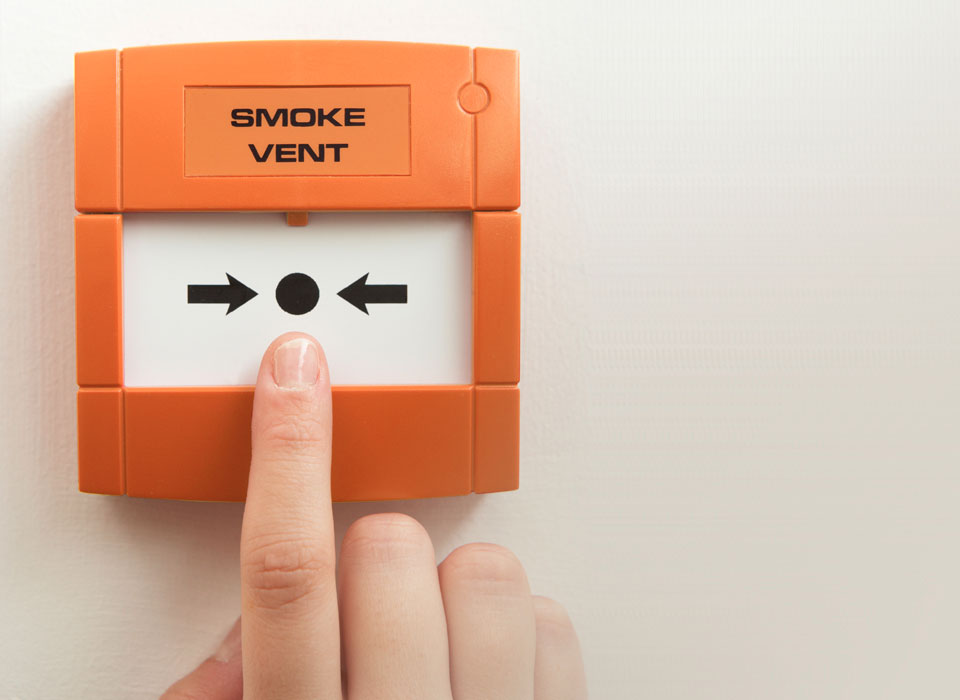 Automatic opening vents (AOVs) are an important means of smoke ventilation, particularly in multi-storey residential buildings, where they are a requirement. They are linked up to smoke or heat detectors so they will open automatically, once a fire has started. However, manual call points are also used. In order for the vent to open upon the detection of fire, an electric window opener is used. These components are used together to form a smoke ventilation system, which should be tested to BS EN12101-2 standards before being installed.
Automatic opening vents (AOVs) are an important means of smoke ventilation, particularly in multi-storey residential buildings, where they are a requirement. They are linked up to smoke or heat detectors so they will open automatically, once a fire has started. However, manual call points are also used. In order for the vent to open upon the detection of fire, an electric window opener is used. These components are used together to form a smoke ventilation system, which should be tested to BS EN12101-2 standards before being installed.
Smoke and natural ventilation controls from Teal Products
Teal Products are the ideal partner for commercial and domestic projects requiring either a natural ventilation or smoke ventilation system. All of our products have been tested to European EN standards.
We provide all the equipment that is required to operate automatic opening vents (AOVs), including window actuators, manual call points and control units.
Teal also supply products suitable for use in stack, cross or single-sided natural ventilation systems. For example, we offer rain & remote controllers, wireless timers and thermostats. However, manual window control systems are also available.
If you require either smoke or natural ventilation control for a project, give us a call on 01242 620318 or contact us online.
Read our related blogs:
4 reasons to switch manual & electric window opener suppliers
Related Products
-
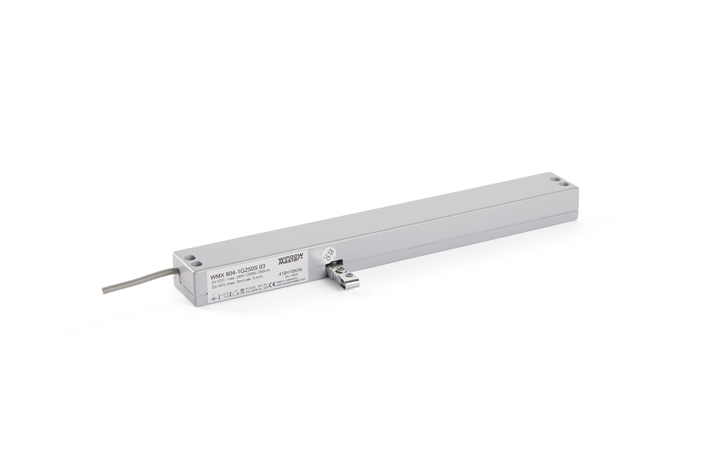 WMX 804
WMX 804Voltage 24V DC Stroke 250mm (programmable) Push Force 200N Colour 

-
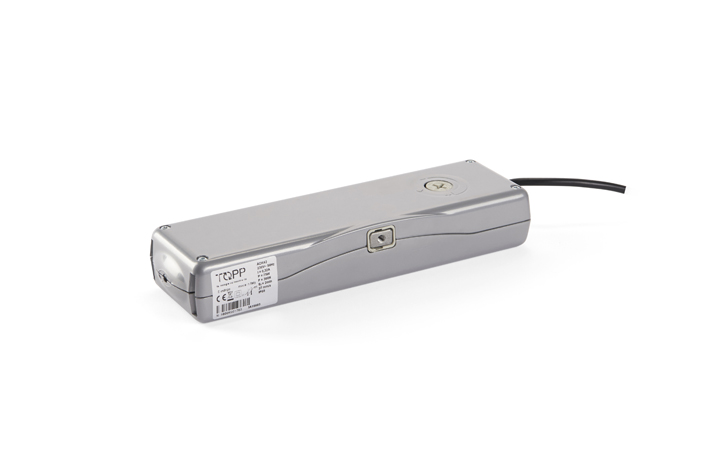 ACK4
ACK4Voltage 230V AC / 24V DC Stroke 100-150-200-250-300-350-400mm (adjustable) Push Force 300N Colour 


-
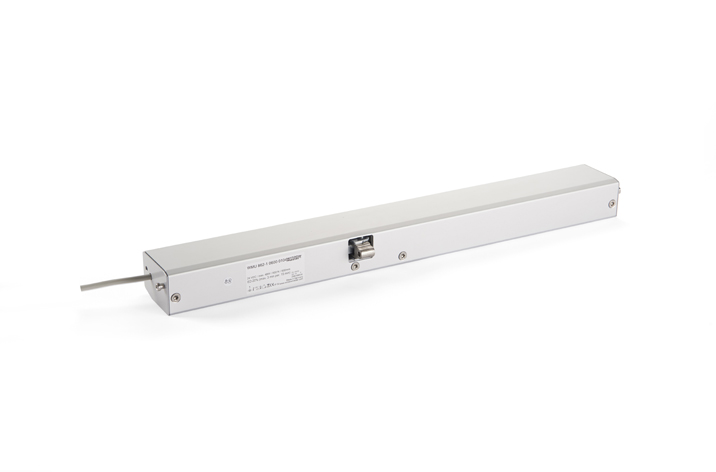 WMU 84/86/88
WMU 84/86/88Voltage 24V DC Stroke 300mm / 500mm / 600mm / 750mm (all programmable) Push Force 400N / 600N / 1000N Colour -
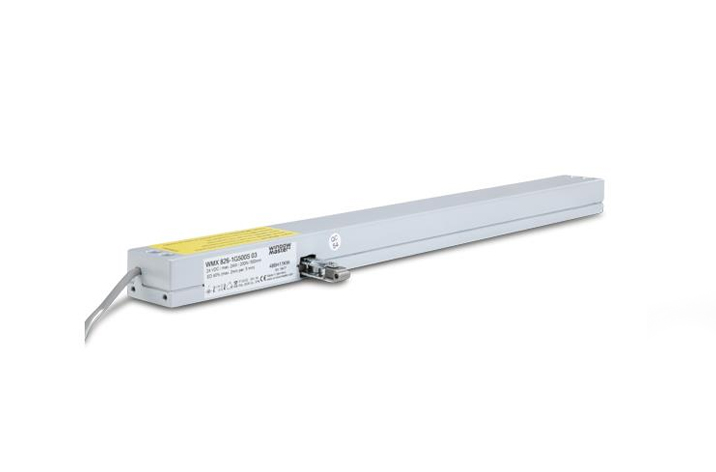 WMX 826
WMX 826Voltage 24V DC Stroke 500mm (programmable) Push Force 200N Colour 

-
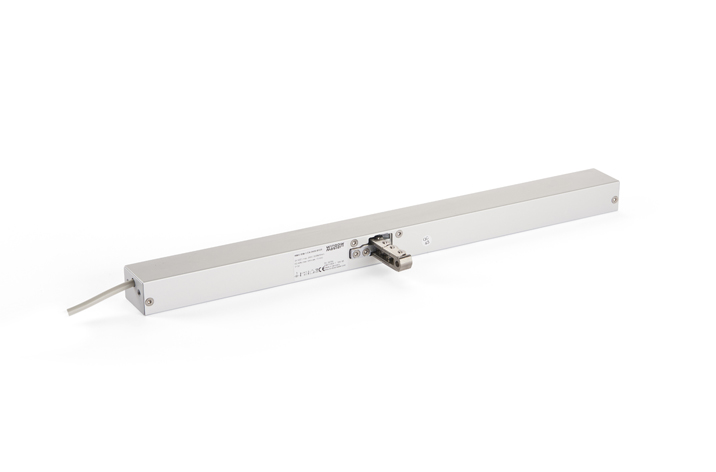 WMU 836
WMU 836Voltage 24V DC Stroke 400mm / 600mm / 800mm / 1000mm (all programmable) Push Force 300N Colour -
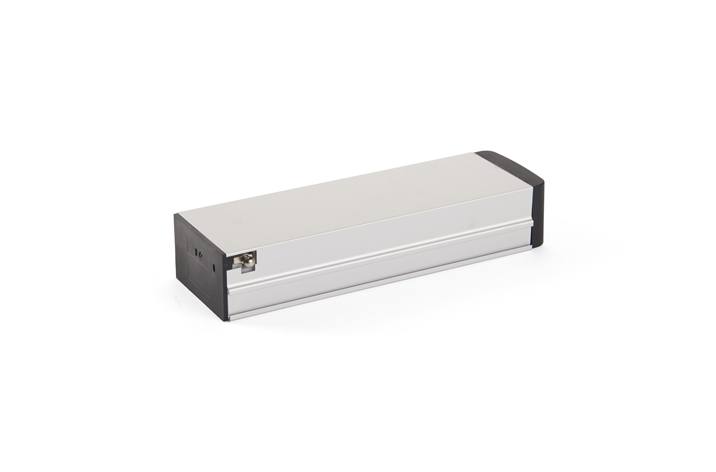 MICRO 02
MICRO 02Voltage 230V AC / 24V DC Stroke 250-365mm (adjustable) Push Force 300N Colour 

-
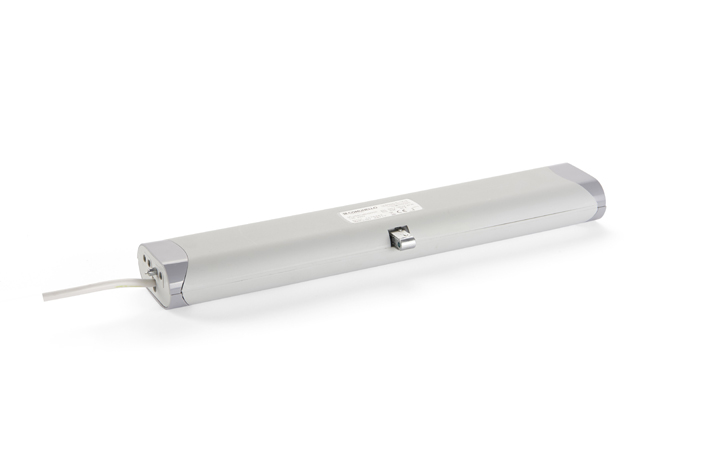 L35RC
L35RCVoltage 230V AC Stroke 50-100-150-200-250-300-350-400-420mm (adjustable) Push Force 350N Colour 


-
 L35
L35Voltage 230V AC / 24V DC Stroke 50-100-150-200-250-300-350-400-420mm (adjustable) Push Force 350N Colour 


-
 L25
L25Voltage 230V AC Stroke 200-250-380mm (adjustable) Push Force 250N Colour 


-
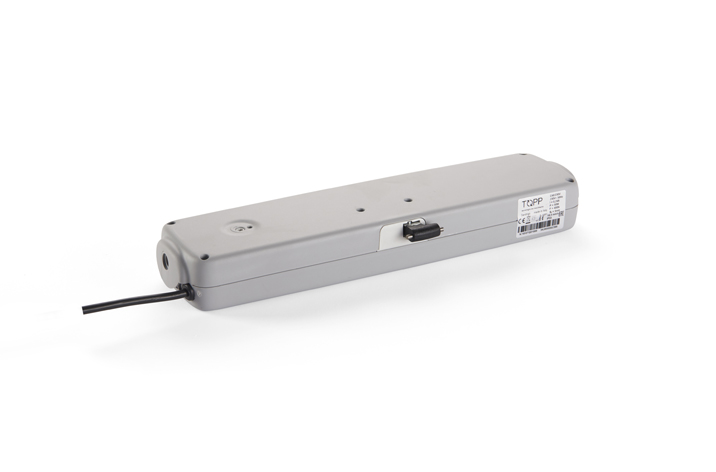 C40
C40Voltage 230V AC / 24V DC Stroke 100-150-200-250-300-400-500mm (adjustable) Push Force 400N Colour 


-
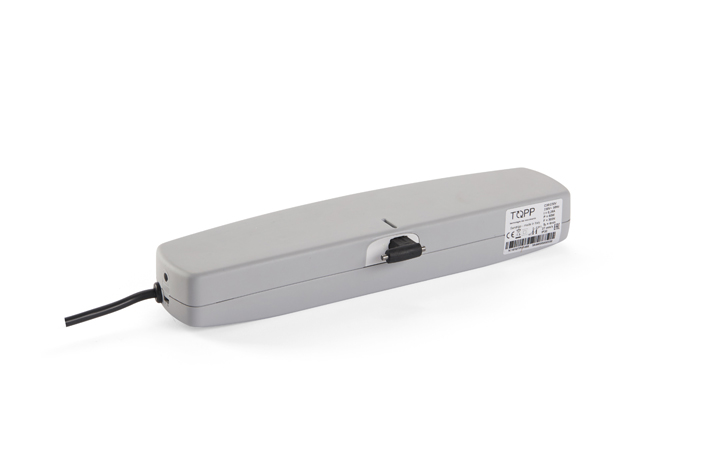 C30
C30Voltage 230V AC / 24V DC Stroke 200-380mm (adjustable) Push Force 300N Colour 


-
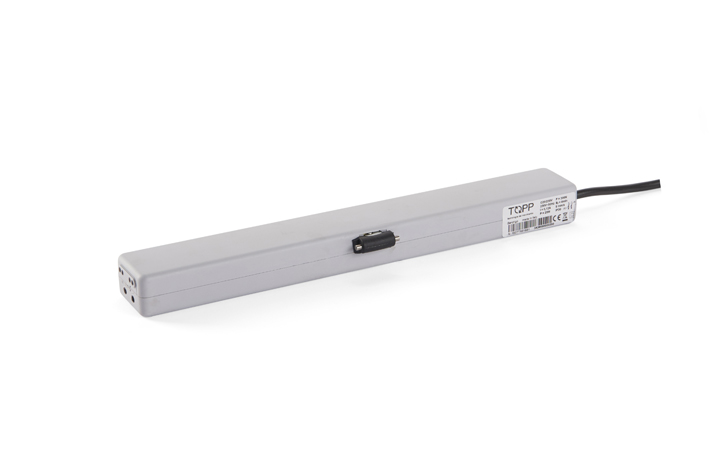 C20
C20Voltage 230V AC / 24V DC Stroke 240-360mm (adjustable) Push Force 200N Colour 


-
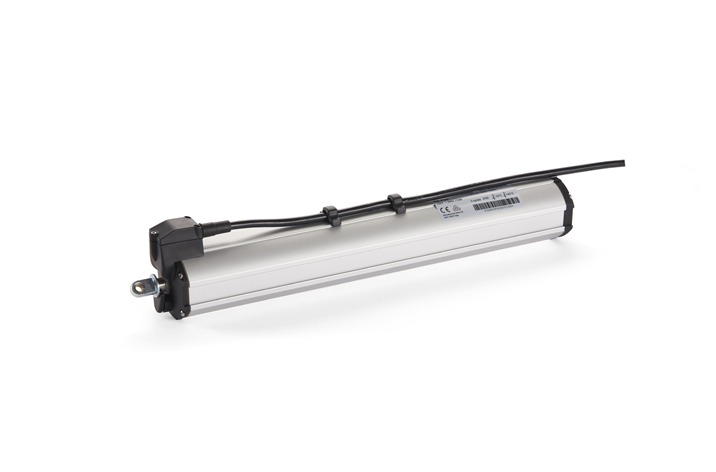 D8 FCE
D8 FCEVoltage 230V AC Stroke 200mm / 300mm / 400mm Push Force 500N Colour -
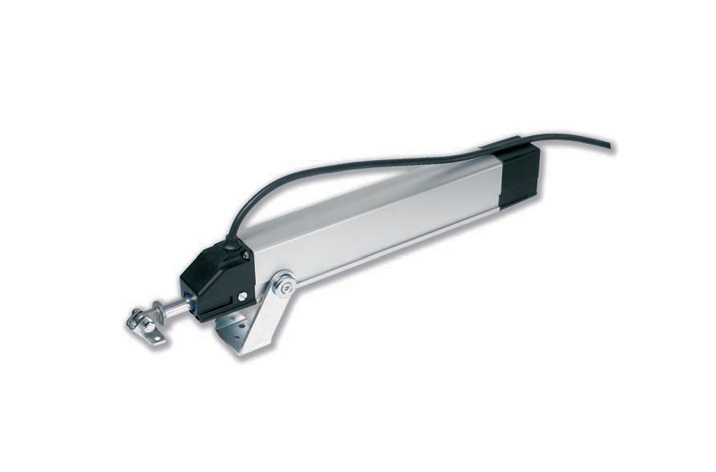 EURO1
EURO1Voltage 230V AC / 24V DC Stroke 70mm / 200mm / 300mm / 500mm Push Force 450N / 1000N Colour -
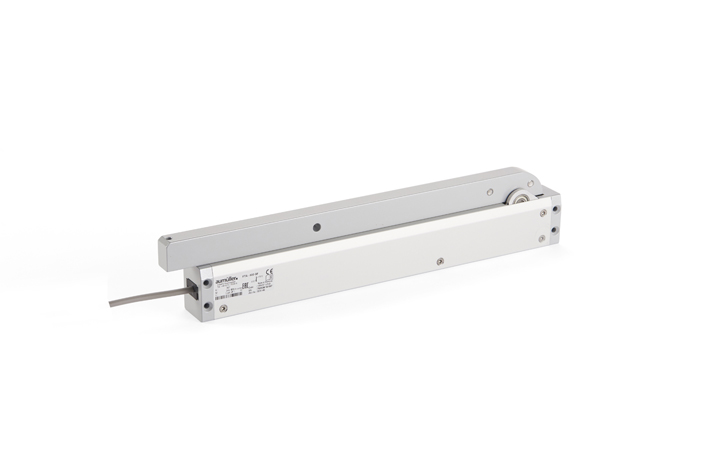 FTA 600GF
FTA 600GFVoltage 24V DC Stroke 90° (programmable) Push Force 600N Colour -
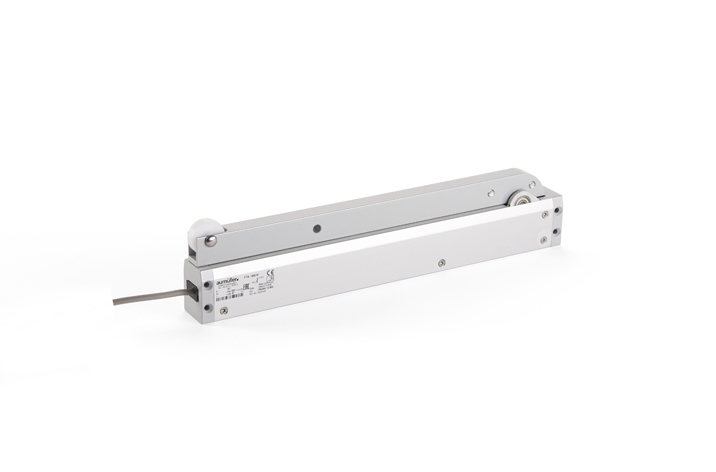 FTA 600R
FTA 600RVoltage 24V DC Stroke 90° (programmable) Push Force 600N Colour -
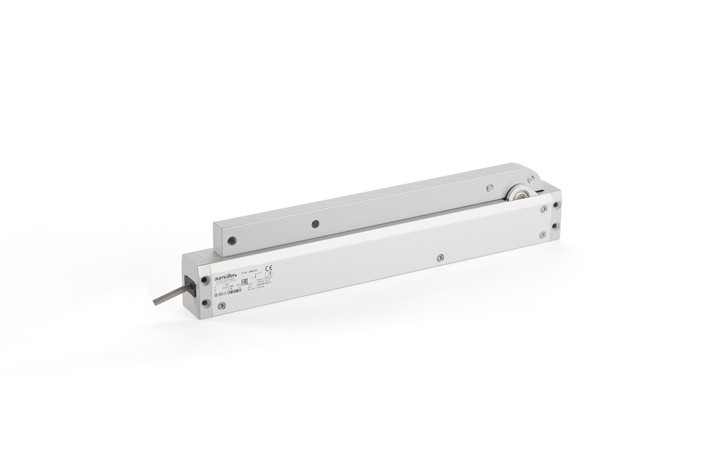 FTA 600DF
FTA 600DFVoltage 24V DC Stroke 90° (programmable) Push Force 600N Colour -
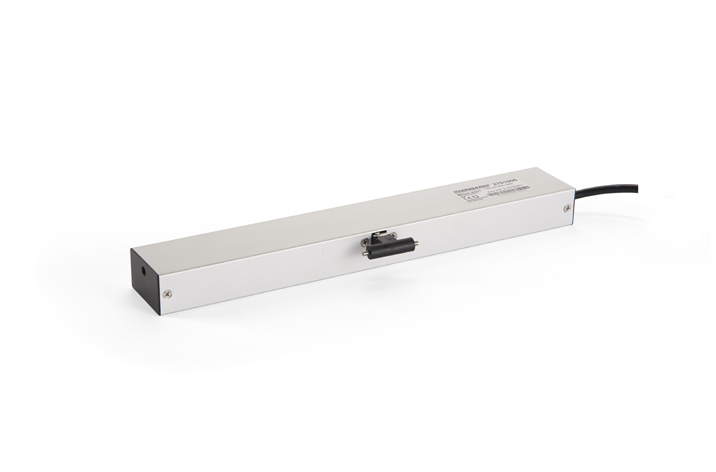 MICRO EVO1
MICRO EVO1Voltage 230V AC / 24V DC Stroke 100-400mm (adjustable) Push Force 300N Colour 

-
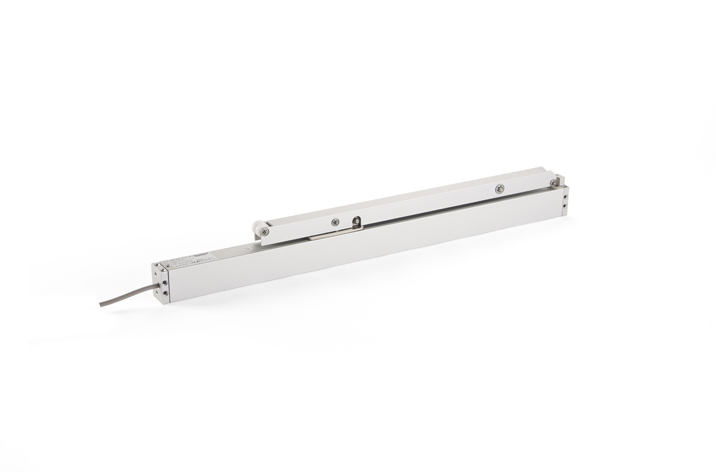 WMD 820
WMD 820Voltage 24V DC Stroke 90° (programmable) Push Force 250N Colour -
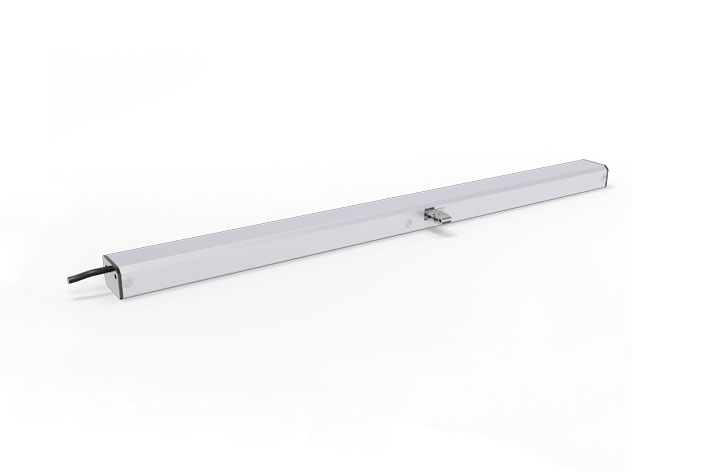 WMX 814
WMX 814Voltage 24V DC Stroke 400mm / 600mm / 800mm / 1000mm (all programmable) Push Force See datasheet Colour 
-
 S08
S08Voltage 24V DC Stroke 200mm / 300mm / 350mm / 400mm / 500mm / 550mm / 600mm / 750mm / 1000mm Push Force 650N Colour -
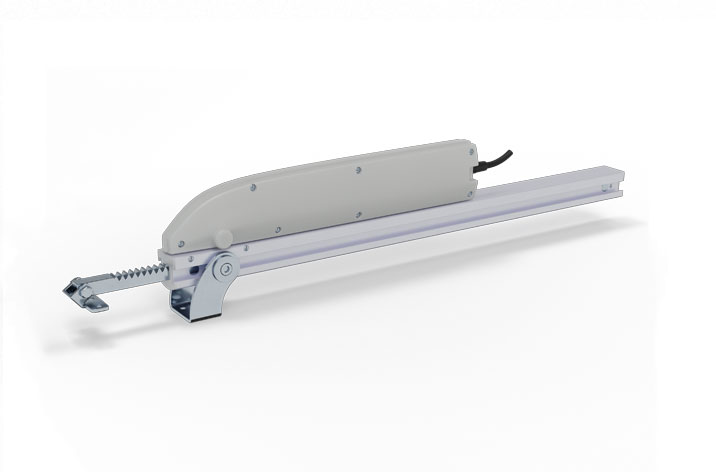 DRIVE EVO2
DRIVE EVO2Voltage 230V AC / 24V DC Stroke 180mm / 230mm / 350mm / 550mm / 750mm / 1000mm Push Force 1000N (230V) / 500N (24V) Colour -
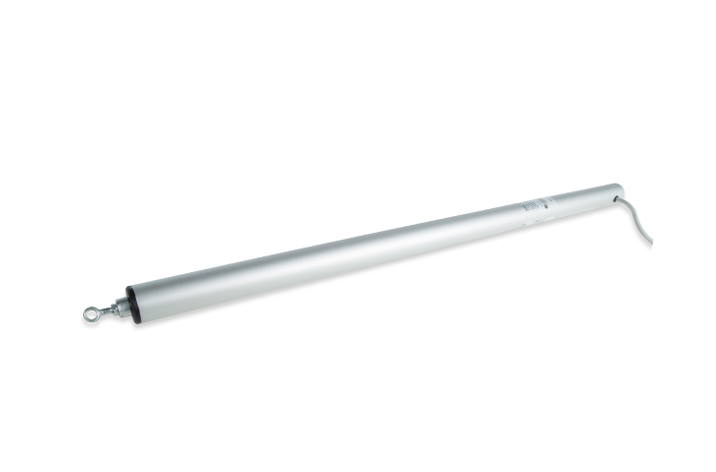 WMS 306-n
WMS 306-nVoltage 24V DC Stroke 300mm / 500mm / 750mm (all programmable) Push Force 600N Colour -
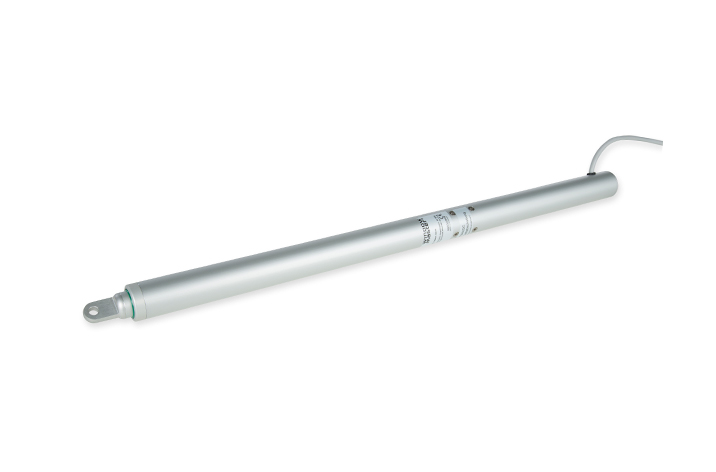 WMS 309-n
WMS 309-nVoltage 24V DC Stroke 300mm / 500mm / 750mm / 1000mm (all programmable) Push Force 900N Colour -
 WMS 409-n
WMS 409-nVoltage 24V DC Stroke 300mm / 500mm / 750mm / 1000mm (all programmable) Push Force 900N Colour -
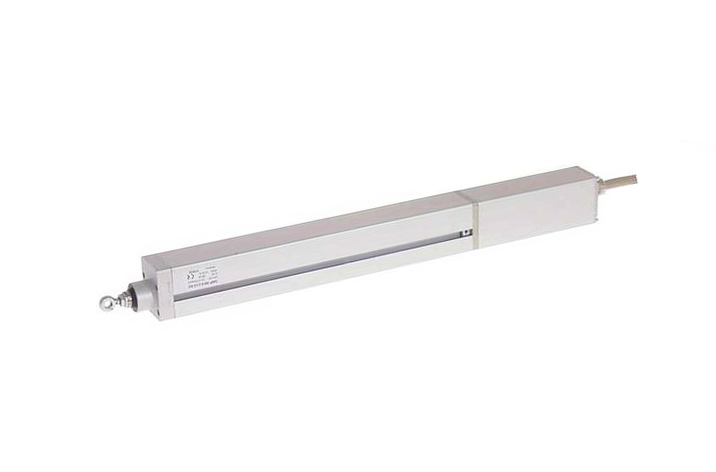 G08
G08Voltage 24V DC Stroke 350mm / 550mm / 750mm Push Force 450N / 600N / 900N Colour -
 G10
G10Voltage 24V DC Stroke 350mm / 550mm / 750mm Push Force 600N / 850N / 1200N Colour -
 G13
G13Voltage 24V DC Stroke 350mm / 550mm / 750mm Push Force 830N / 1150N / 1650N Colour -
 G16
G16Voltage 24V DC Stroke 350mm / 550mm / 750mm Push Force 670N / 1240N Colour -
 G20
G20Voltage 24V DC Stroke 350mm / 550mm / 750mm Push Force 880N / 1630N Colour -
 G26
G26Voltage 24V DC Stroke 350mm / 550mm / 750mm Push Force 1190N / 2200N Colour -
 G40
G40Voltage 24V DC Stroke 350mm / 550mm / 750mm Push Force 1570N Colour -
 G60
G60Voltage 24V DC Stroke 350mm / 550mm / 750mm Push Force 2560N Colour -
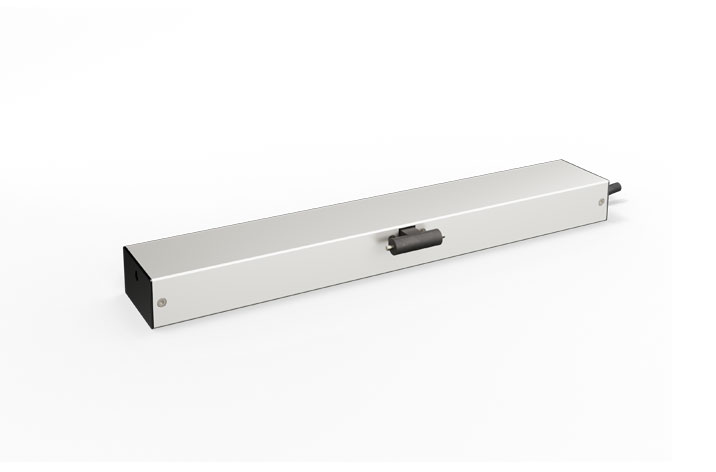 MICRO EVO2
MICRO EVO2Voltage 230V AC / 24V DC Stroke 150-600mm (adjustable) Push Force 300-400N Colour 

-
 WMU 851
WMU 851Voltage 24V DC Stroke 400mm (programmable) Push Force 500N Colour 
-
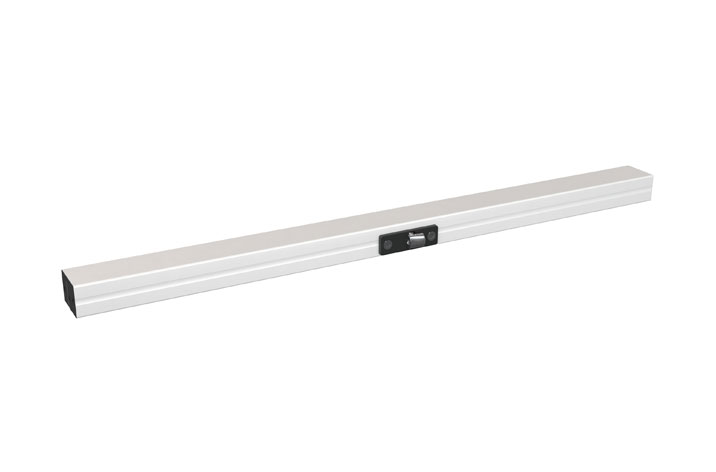 TCD1
TCD1Voltage 24V DC Stroke 300mm / 500mm / 800mm / 1000mm (all programmable) Push Force 400N Colour
Related resources

How many types of ventilation are there?
There are many types of ventilation, many of which are categorised as a form of smoke ventilation or natural ventilation.
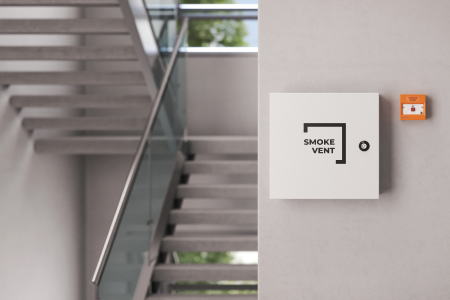
Our quick guide to AOV window regulations
Forming part of a smoke ventilation system, Automatic Opening Vents (AOVs) are a required safety measure for multi-storey residential buildings.
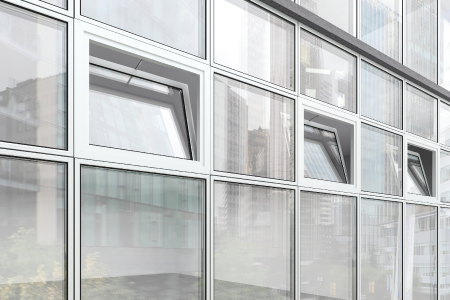
How do electric window openers work
Generally, electric window openers, also known as electric window actuators, are operated remotely.
